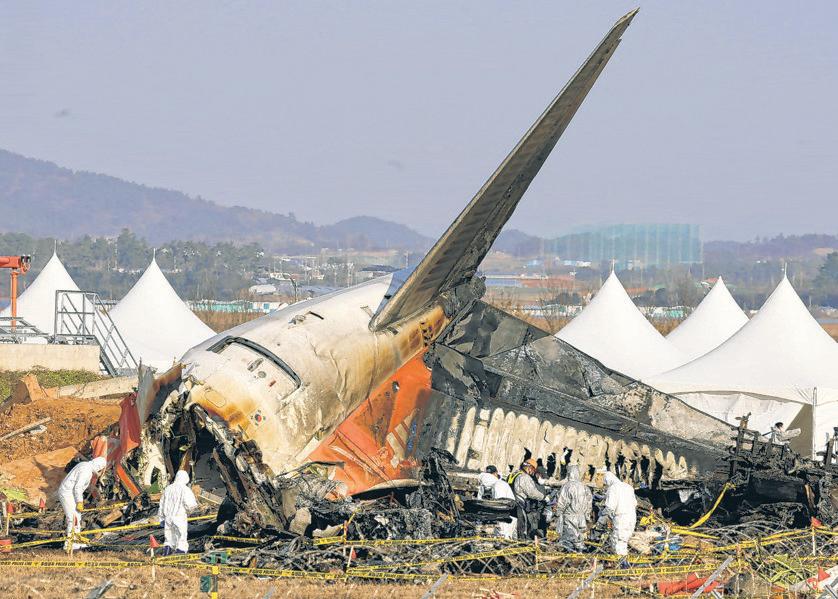
Investigators assessing the survivability of a plane crash focus on five factors: integrity of the aircraft, effectiveness of safety restraints, G-forces experienced by passengers and crew, the environment inside the aircraft and postcrash factors such as fire or smoke.
The National Transportation Safety Board deems a crash "survivable" if the forces transmitted to occupants don't exceed the limits of human tolerance and the structure of the aircraft surrounding the occupants remains largely intact. A crash is deemed non-survivable when the G-forces are so great, the body can't withstand the punishment.
この記事は The Wall Street Journal の January 07, 2025 版に掲載されています。
7 日間の Magzter GOLD 無料トライアルを開始して、何千もの厳選されたプレミアム ストーリー、9,000 以上の雑誌や新聞にアクセスしてください。
すでに購読者です ? サインイン
この記事は The Wall Street Journal の January 07, 2025 版に掲載されています。
7 日間の Magzter GOLD 無料トライアルを開始して、何千もの厳選されたプレミアム ストーリー、9,000 以上の雑誌や新聞にアクセスしてください。
すでに購読者です? サインイン